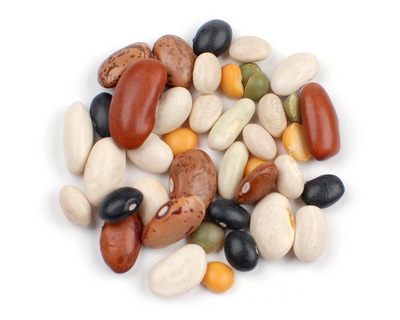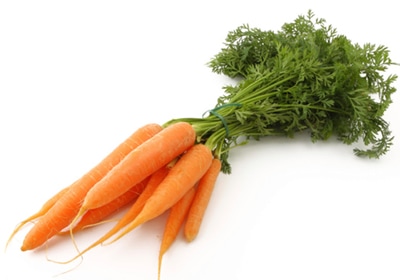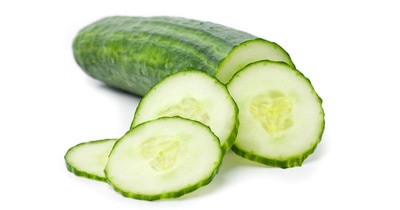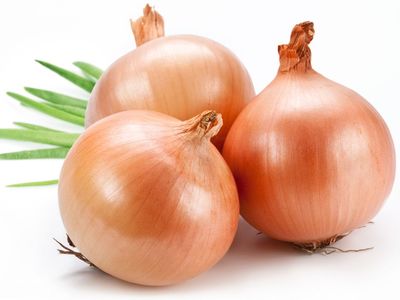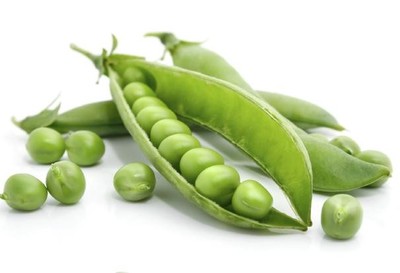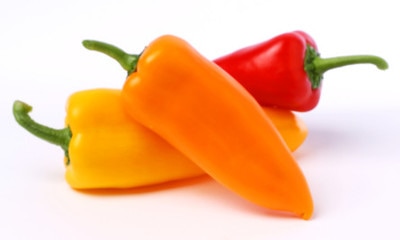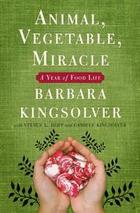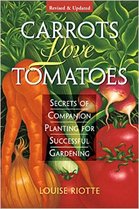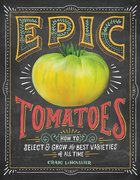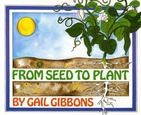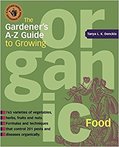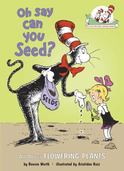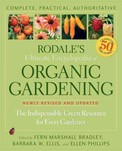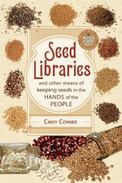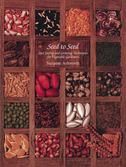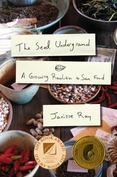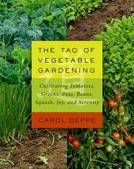How to properly save seeds
Only return seeds from plants that you know how to save properly. Super easy seeds can be fairly reliably saved without cross-pollination which include beans, peas, lettuce, tomatoes and many herbs (cilantro, dill) and flowers (marigolds, nasturtiums). Save seeds from a number of healthy, strong plants (a minimum of 6). Do not return seeds from the cabbage/greens or squash/cucumber families or corn, unless you know the steps you must take to prevent cross-pollination, such as maintaining isolation distances, caging, or hand pollinating.
Dry Processing
Many seeds can be simply collected by completely drying on the vine, such as beans, peas, corn, grains, lettuce, herbs, and flowers. They should be completely dry and free of chaff. It usually takes about 2 weeks for seeds to dry properly. You can check for dryness by breaking the seed and if it snaps it is dry. To test dryness for beans, corn and peas you can shatter them with a hammer. If they are still moist inside, they are not dry enough.
Wet Processing
Tomatoes – harvest when fully ripe and remove seeds and goo by squeezing into a jar. Let sit at room temperature until mold forms and bubbles stop forming (usually 2-3 days), stirring or shaking every 12 hours. Pour off large hunks and floating seeds. Add water, shake and continue pouring off all floating matter until you are left with only the seeds that have sunk to the bottom. Rinse through a strainer and spread the seeds on a plastic or glass plate, coffee filter, or screen, and dry for 3 weeks.
Eggplant - can be harvested when it turns yellow, cut into 1-2” cubes and cover with water for 24 hours stirring once. Use your hands to squish out the seeds. If difficult to remove seeds, let sit another 12 hours. Rinse and spread in a thin layer to dry for 3 weeks.
Cucumbers – harvest fruits when they have turned yellow and allow them to cure at room temperature for 2 weeks. Slice and scoop out seeds and goo into a container. Add water until the mix is sloshy and let sit at room temperature for 2-3 days, stirring every 12 hours. Pour off floating seeds and matter. Add water, shake and continue pouring off all floating matter until you are left with only the seeds that have sunk to the bottom. Rinse seeds in a strainer and spread into a thin layer and dry for 3 weeks.
Winter and Summer Squash, Pumpkins, Cantaloupe – harvest fruits when big and hard. Cure at room temperature for 1 month. Cut the fruit, scoop out seeds, and rinse, removing all fleshy matter. Cover with water and let sit for and day or two. All viable seeds will sink to the bottom. Pour off the floating seeds, rinse and spread into a thin layer and dry for 3 weeks. Click here for a more detailed description of how to save squash.
Eggplant - can be harvested when it turns yellow, cut into 1-2” cubes and cover with water for 24 hours stirring once. Use your hands to squish out the seeds. If difficult to remove seeds, let sit another 12 hours. Rinse and spread in a thin layer to dry for 3 weeks.
Cucumbers – harvest fruits when they have turned yellow and allow them to cure at room temperature for 2 weeks. Slice and scoop out seeds and goo into a container. Add water until the mix is sloshy and let sit at room temperature for 2-3 days, stirring every 12 hours. Pour off floating seeds and matter. Add water, shake and continue pouring off all floating matter until you are left with only the seeds that have sunk to the bottom. Rinse seeds in a strainer and spread into a thin layer and dry for 3 weeks.
Winter and Summer Squash, Pumpkins, Cantaloupe – harvest fruits when big and hard. Cure at room temperature for 1 month. Cut the fruit, scoop out seeds, and rinse, removing all fleshy matter. Cover with water and let sit for and day or two. All viable seeds will sink to the bottom. Pour off the floating seeds, rinse and spread into a thin layer and dry for 3 weeks. Click here for a more detailed description of how to save squash.
Labeling:
Write as much information on the seed donation form as possible. The form can be found on our website or at seed library. Store in either a glass jar or zip lock bag. Remember that people only have what you have written on the form to decide if it is a plant that they would like to grow. The more information the better. Be sure to include your “story” if this is a seed that has been passed down for generations or has some interesting facts associated with it.
Helpful Websites:
There are several good websites with more information about seed saving processes:
- Southern Exposure Seed Exchange is a cooperatively-owned seed company. SESE is a source for heirloom seeds and other open-pollinated seeds with an emphasis on vegetables, flowers, and herbs that grow well in the Mid-Atlantic region. Their website hosts growing guides.
- Seed Savers Exchange is a non-profit (501(c)(3) status) organization dedicated to saving and sharing seeds. Each year, they grow out select varieties in gardens at Heritage Farm to refresh our seed supply. To maintain accurate records of each variety’s traits, their Evaluation Team grows out other varieties and keeps careful track of them, updating descriptions, and checking for inconsistencies. Their seed historian researches the story of each variety, documenting its history and the lives of the people who brought it to our collection. Their website hosts growing and saving guides.
- The Seed Library Social Network includes members from around the world, many of whom have gone on to start their own libraries. The Network began in 2011 as a project by creators Devon Grissim, Elan Goldbart, and Andrew Whitman while working for the University of California at Santa Cruz, Demeter Seed Library. The project grew after Devon attended Seed Library School at Native Seeds/SEARCH in Tuscon, Arizona and met other seed library enthusiasts- including Rebecca Newburn of Richmond Grows, who now helps moderate our community. Their website hosts a forum about why seed libraries are important, how to start a seed library, and information about other communities' seed libraries
Helpful Books
|
Animal, Vegetable, Miracle: A Year of Food Life by Barbara Kingsolver, with Steven L. Hopp and Camille Kingsolver
The family’s year long experience leads them through a season of planting, pulling weeds, expanding their kitchen skills, harvesting their own animals, joining the effort to save heritage crops from extinction, and learning the time-honored rural art of unloading excess zucchini. ISBN: 9780060852559 Publication Date: 2007 |
|
Carrots Love Tomatoes: Secrets of Companion Planting for Successful Gardening by Louise Riotte
Plant parsley and asparagus together and you’ll have more of each, but keep broccoli and tomato plants far apart if you want them to thrive. Utilize the natural properties of plants to nourish the soil, repel pests, and secure a greater harvest. With plenty of insightful advice and suggestions for planting schemes, Louise Riotte will inspire you to turn your garden into a naturally nurturing ecosystem. ISBN: 0882660640 Publication Date: 1998-01-02 (2nd edition) |
|
Epic Tomatoes by Craig LeHouiller
Craig LeHoullier, tomato adviser for Seed Savers Exchange, offers everything a tomato enthusiast needs to know about growing more than 200 varieties of tomatoes — from sowing seeds and planting to cultivating and collecting seeds at the end of the season. He also offers a comprehensive guide to the various pests and diseases of tomatoes and explains how best to avoid them. ISBN: 1612122086 Publication Date: 2014-12-30 |
|
From Seed to Plant by Gail Gibbons (Illustrator)
Explores the intricate relationship between seeds and the plants which they produce. ISBN: 0823408728 Publication Date: 1991-03-01 |
|
The Gardener's A-Z Guide to Growing Organic Food by Tanya L.K. Denckla
Enjoy the pleasures of growing your own delicious organic food. This plant-by-plant guide includes profiles of more than 765 tasty varieties of vegetables, herbs, fruits, and nuts. In addition to expert advice on selecting suitable plants and growing, harvesting, and storing them, this invaluable resource includes more than 100 tried-and-true organic remedies that fight off diseases and pests. Get out in your vegetable garden and discover how easy and fun it is to grow your own healthy food. ISBN: 1580173705 Publication Date: 2003 |
|
Oh Say Can You Seed? by Bonnie Worth; Aristides Ruiz (Illustrator)
The Cat in the Hat tells children what plants are used for, how plants grow, and the different parts of a plant. ISBN: 9780375810954 Publication Date: 2001-03-27 |
|
Ready Set Grow! by Dorling Kindersley Publishing Staff
In "Ready Set Grow" step-by-step photographs show young gardeners how to grow plants from seed, how to propagate plants, when to harvest seeds, how long different plants take to grow, what to do about pests, and much more. Features more than 30 simple gardening projects specially designed to be completed during summer vacation. ISBN: 9780756658878 Publication Date: 2010-02-15 |
|
Rodale's Ultimate Encyclopedia of Organic Gardening: The Indispensable Green Resource for Every Gardener, edited by Fern Marshall Bradley, Barbara W. Ellis, and Ellen Phillips
Highlights organic pest controls, fertilizer products, gardening techniques, the organic soil practices, and various trends in garden design. This work covers the garden and landscape along with related entries such as community gardening, edible landscaping, horticultural therapy, stonescaping, and more ISBN: 9781594869174 Publication Date: 2009 |
|
Seed Libraries by Cindy Conner
Historically, seed companies were generally small, often family-run businesses. Because they were regionally based, they could focus on varieties well-suited to the local environment. A Pacific Northwest company, for example, would specialize in different cultivars than a company based in the Southeast. However the absorption of these small, independent seed businesses into large multinationals, combined with the advancement of biotechnology resulting in hybrids and GMO seeds, has led to a serious loss of genetic diversity. The public is now at the mercy of the corporations that control the seeds. ISBN: 9780865717824 Publication Date: 2015-03-03 |
|
Seed to Seed by Suzanne Ashworth; Kent Whealy (Foreword by); David Cavagnaro (Photographer)
This is a complete seed saving guide that describes specific techniques for saving the seeds of 160 different vegetables. ISBN: 1882424581 Publication Date: 2002-03-01 |
|
The Seed Underground by Janisse Ray
Discusses the loss of fruit and vegetable varieties and the genetically modified industrial monocultures being used today, shares the author's personal experiences growing, saving, and swapping seeds, and deconstructs the politics and genetics of seeds. ISBN: 9781603583060 Publication Date: 2012-07-06 |
|
The Tao of Vegetable Gardening by Carol Deppe
Designed for gardeners of all levels, from beginners to experienced growers, The Tao of Vegetable Gardening provides a unique frame of reference: a window to the world of nature, in the garden and in ourselves. ISBN: 9781603584876 Publication Date: 2015-01-30 |
